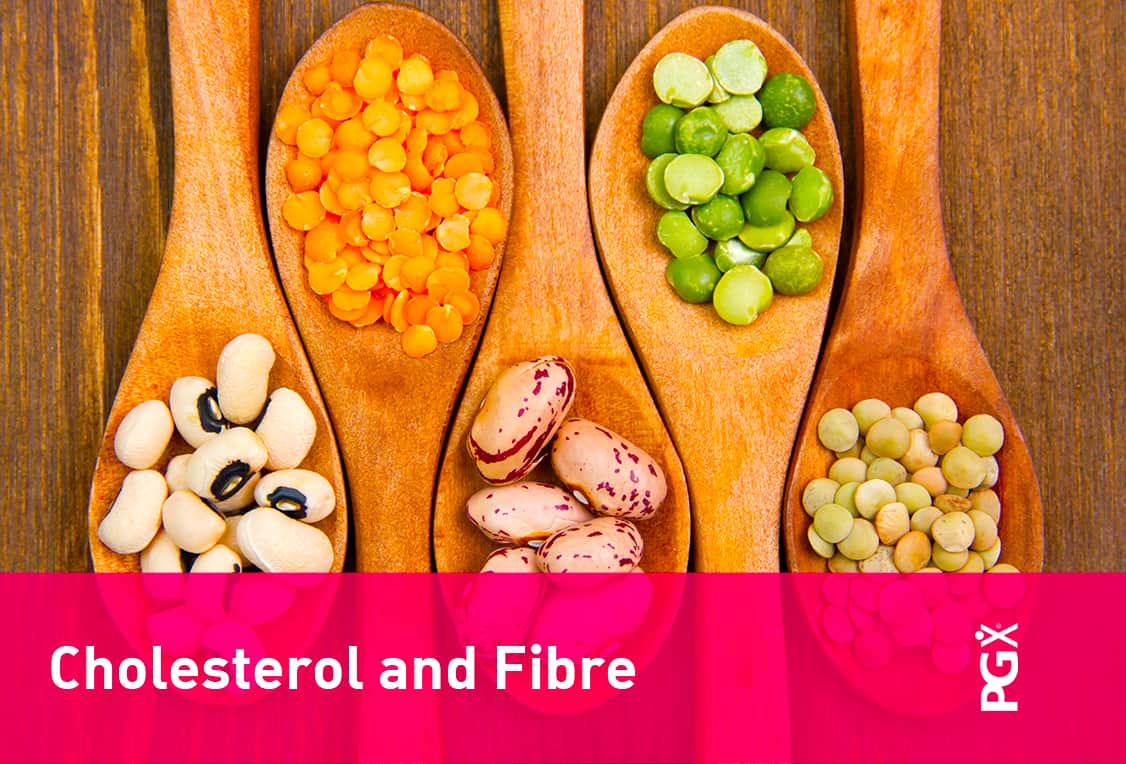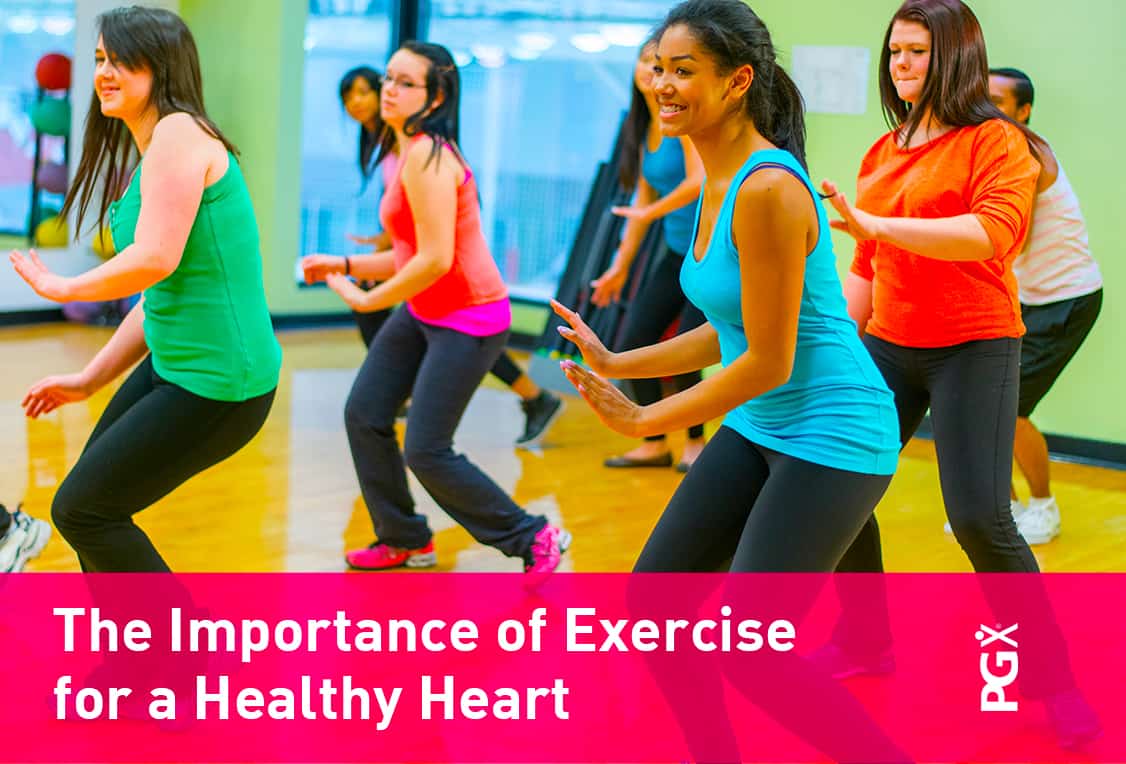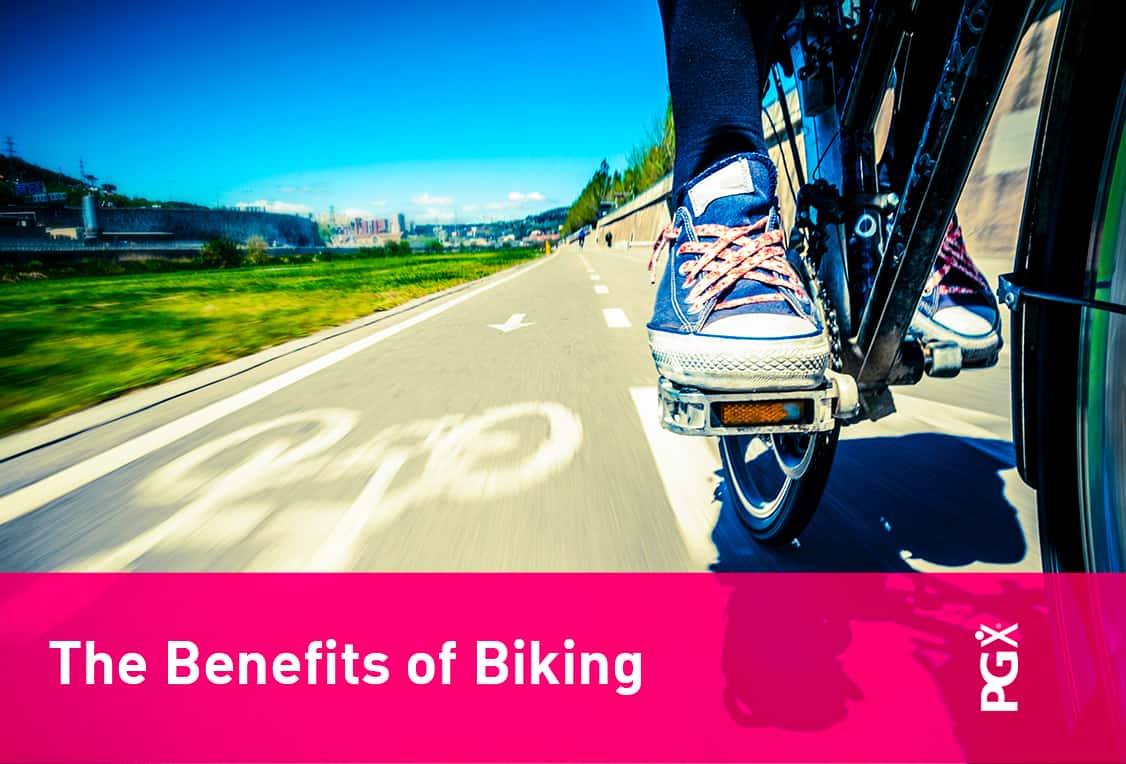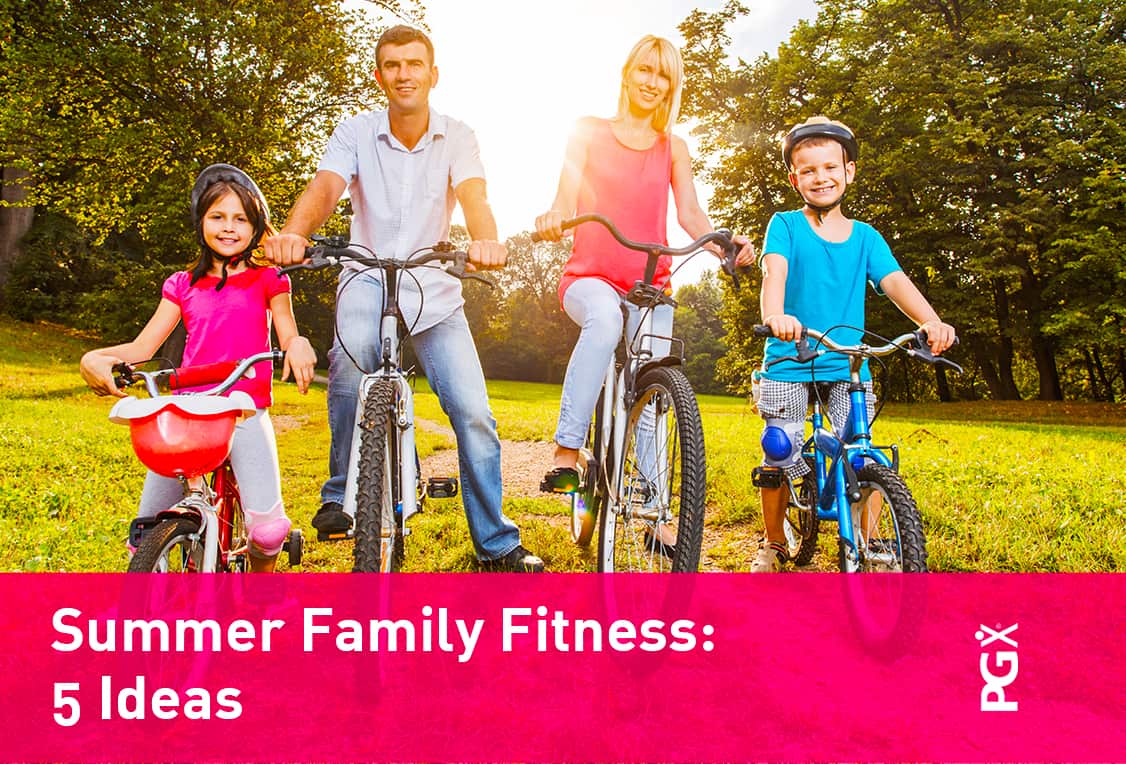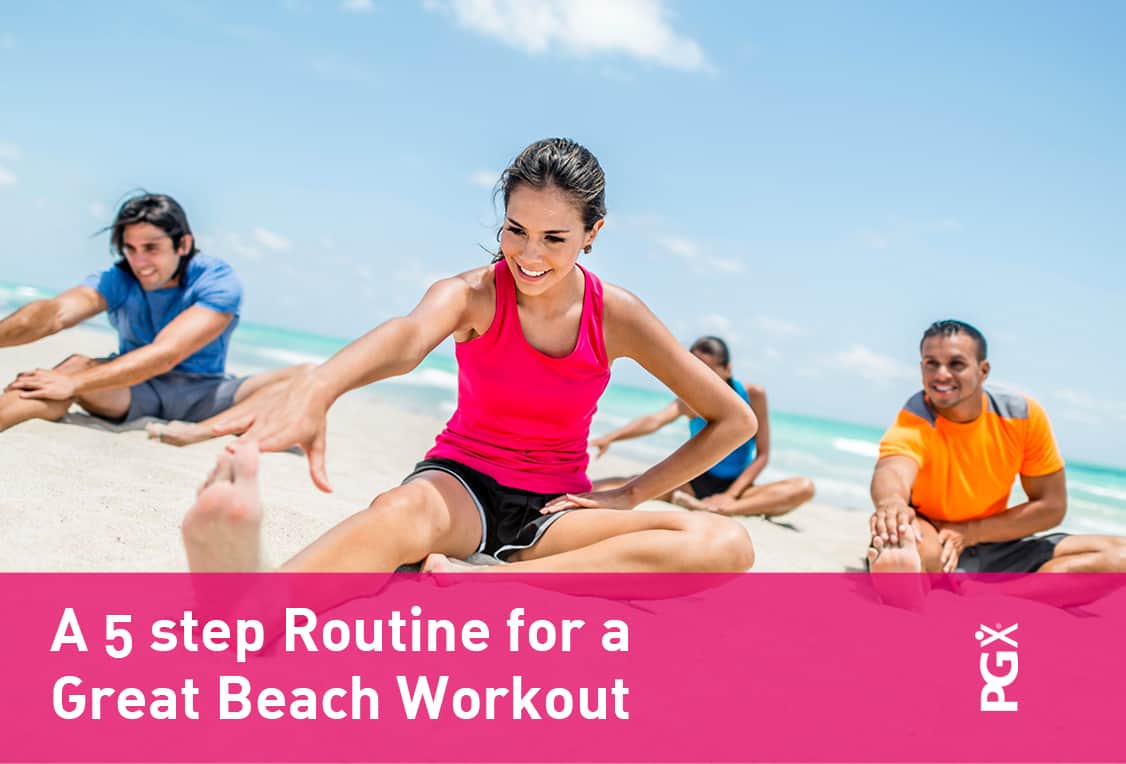Why You Crave Sugar
Practically everybody knows that sugar is bad for our health, so why is it such a challenge to give it up? What is it that makes many of us crave sugar so relentlessly, and how can we conquer those cravings? A wealth of research suggests four considerations that may affect sugar cravings:
- Stress
- PMS or Menopause
- Microbial imbalance in the gut
- Thyroid health
These issues can all overlap, feed each other and make sugar cravings that much harder to overcome.
1. Stress
Someone who has a diet high in sugar typically has a higher risk of occasional sleep problems, erratic energy levels, and less concentration. This can make it harder to get through essential tasks and to manage emotions. This then leads to stress, which can prompt sugar cravings, and so on. It’s a cycle that’s all too easy to get stuck in.
According to a study published in the journal Appetite, 77% of women who had high levels of stress reported sugar cravings, compared to just 31% of women who were relaxed. The women who felt stressed also had significantly larger waists and higher levels of leptin, a hormone involved in appetite control.
For some people, finding new ways to relax or allotting for sufficient downtime in their schedule could be key to conquering their sugar cravings. Taking up a new sport, social activity or simply finding the time to take a bath may be just what you need to skip the sugar.
2. PMS or Menopause
PMS and menopause normal life stages can influence the activity of insulin, making cells more resistant to its effects and thereby increasing the likelihood of sugar cravings. Ensuring a healthy, balanced diet that is high in vitamins (especially B vitamins), minerals and healthy fats and protein from fibre-rich plant foods can support hormone levels and stable energy release, helping to combat sugar cravings. Taking a high-fibre supplement such as PGX* can also help with appetite control by slowing down the release of carbohydrates from food and maintaining a feeling of fullness for longer.
Anyone who is having a hard time cutting back on sugar and who is approaching menopause, or who experience alterations in appetite around the time of their period, may find it helpful to talk to a physician or qualified naturopathic doctor. Other signs of PMS or menopause can include mood swings, changes in libido, occasional lack of sleep and fatigue and hot flushes.
3. Gut Bacteria
A high-fibre diet is also a great way to feed the beneficial bacteria in the gut which, in turn, helps reduce the likelihood of yeast overgrowth. Anyone who has recently taken broad spectrum antibiotics or who is on long-term antibiotic therapy is at a higher risk of dysbiosis, a state of microbial imbalance in the gut, where the blanket eradication of bacteria (good and bad) can lead to an overgrowth of bad bacteria and microbes, like Candida albicans, that cause yeast infections.
An imbalance in gut bacteria has been associated with altered energy metabolism and even alterations in neurotransmitter levels. The microbes in the gut produce neurotransmitters such as serotonin and communicate with the central nervous system through the vagus nerve. Researchers have found that a diet high in processed foods and simple carbohydrates can dramatically reduce biodiversity in the gut, which could have a significant impact on cognitive function and appetite.
A prebiotic diet that includes fibrous foods like asparagus, artichokes and chickpeas can help to feed good bacteria, while a high quality multistrain probiotic formula can replenish lost beneficial bacteria.
4. Thyroid Health
Thyroid health is another consideration where sugar cravings are concerned, and is best addressed with a qualified health practitioner.
In the meantime, it is important to ensure a good intake of vitamins, minerals, healthy fats and lean protein from high fibre plant foods, in addition to cutting back on caffeine and sugar and ensuring you get adequate sleep. Eating sugary foods can increase stress on the body and lead to fluctuating energy levels, so avoid these foods and support your thyroid health.
You may find that simply increasing the level of fibre in your diet, staying hydrated, and getting a good night’s sleep make it much easier to keep those cravings at bay.
*Drink additional water (8 fl. oz.) after ingesting PGX®. If you are taking medications, take one hour prior to or two hours after taking PGX®.



